Mixing clad and plain windows?
mebjar
11 years ago
Featured Answer
Comments (12)
renovator8
11 years agobevangel_i_h8_h0uzz
11 years agoRelated Professionals
New River Architects & Building Designers · Vancouver Architects & Building Designers · Suamico Design-Build Firms · Terryville Home Builders · Converse Home Builders · Placentia Home Builders · Conneaut General Contractors · Duncanville General Contractors · Fort Pierce General Contractors · Goldenrod General Contractors · Jefferson Valley-Yorktown General Contractors · Jeffersonville General Contractors · Mountain View General Contractors · Sauk Village General Contractors · Villa Park General Contractorsgalore2112
11 years agoGreenDesigns
11 years agolaurajane02
11 years agodekeoboe
11 years agolaurajane02
11 years agodavid_cary
11 years agomebjar
11 years agoILoveRed
11 years agoBeth Parsons
11 years ago
Related Stories
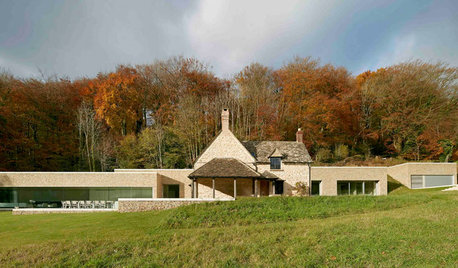
REMODELING GUIDESOld and New Make for a Jolly Good Mix in England
Give an 18th-century country cottage a contemporary addition, and what do you get? A surprisingly cohesive-looking home
Full Story
CENTRAL PLAINS NATIVE PLANTS10 Top Grasses for the Central Plains
Low-maintenance grasses provide seasonal interest and wildlife habitat, and aid good design
Full Story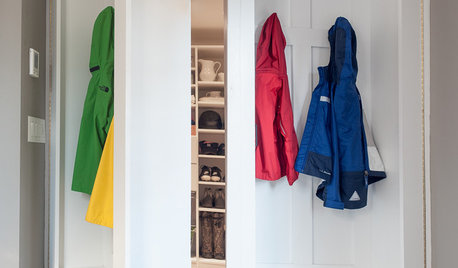
MUDROOMSRoom of the Day: This Mudroom Is Just Plain Hot
Wait till you see what’s behind the hooks and bins in this genius family drop zone
Full Story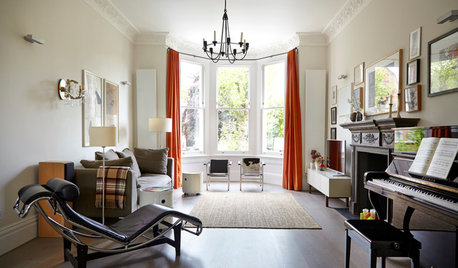
HOMES AROUND THE WORLDHouzz Tour: Easy Mix of Old and New Revives a Family Townhouse
Contemporary furniture and modern fixtures blend with period architecture in this large open-plan home in London
Full Story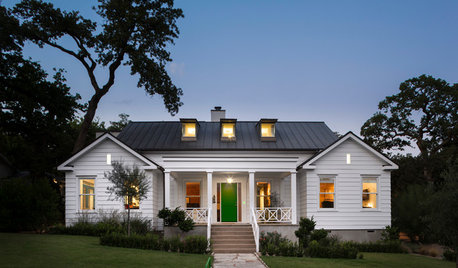
CONTEMPORARY HOMESHouzz Tour: Unusual Mixes of Old and New in Texas
Modern touches done in surprising ways give a traditional Austin house a whole new personality
Full Story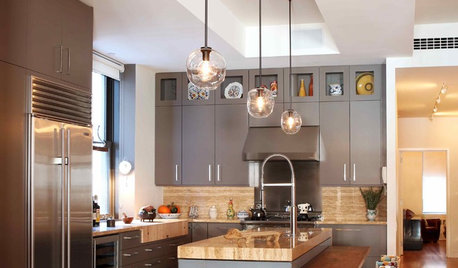
KITCHEN DESIGNMix and Match Kitchen Materials for a Knockout Design
Give your kitchen unexpected flavor by combining wood, stone, glass and more. Here’s how to get the mix right
Full Story
HOUZZ TOURSMy Houzz: Travel, Art and Creative Layering Mix in Vancouver
Personality reigns in this eclectic Canadian waterfront home, thanks to the owners' artistic approach
Full Story
KITCHEN DESIGNNew This Week: 2 Kitchens That Show How to Mix Materials
See how these kitchens combine textures, colors and materials into a harmonious whole
Full Story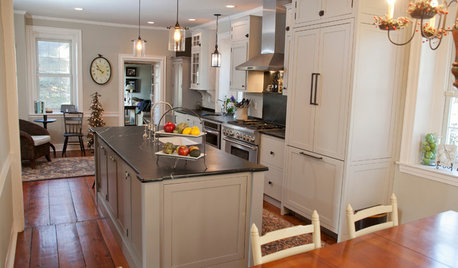
KITCHEN DESIGNNew and Old Mix It Up in a Historic Farmhouse Kitchen
A couple rethink the kitchen in their Pennsylvania farmhouse to restore authenticity while also creating a space for modern living
Full Story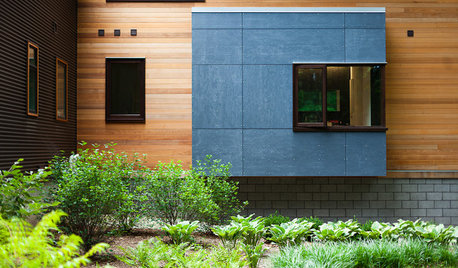
REMODELING GUIDESExterior Materials Mix It Up
Rarely does a single material cover a whole home. Check out these architectural designs that meld exterior finishes beautifully
Full Story










laurajane02